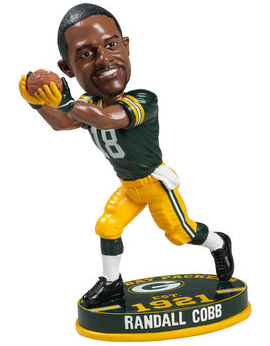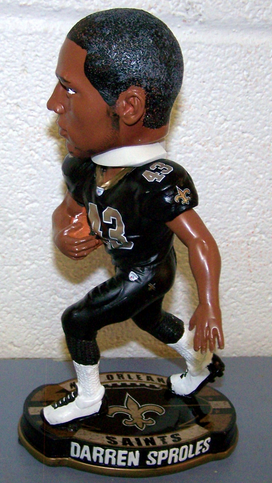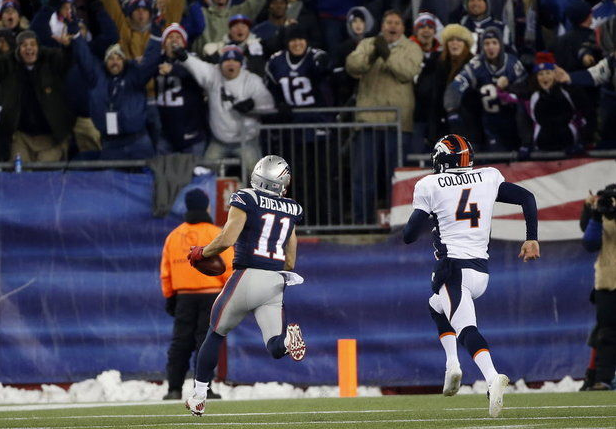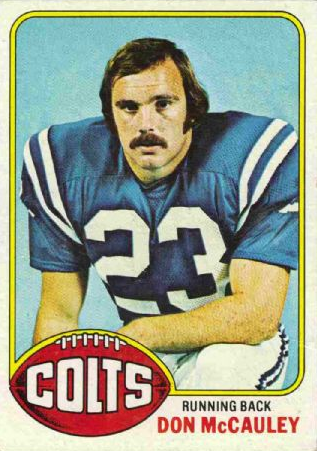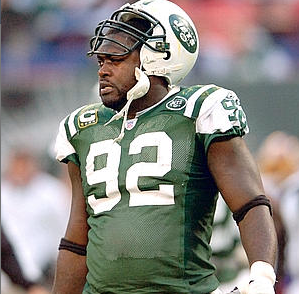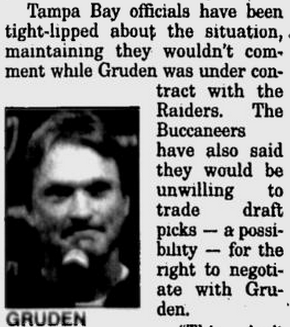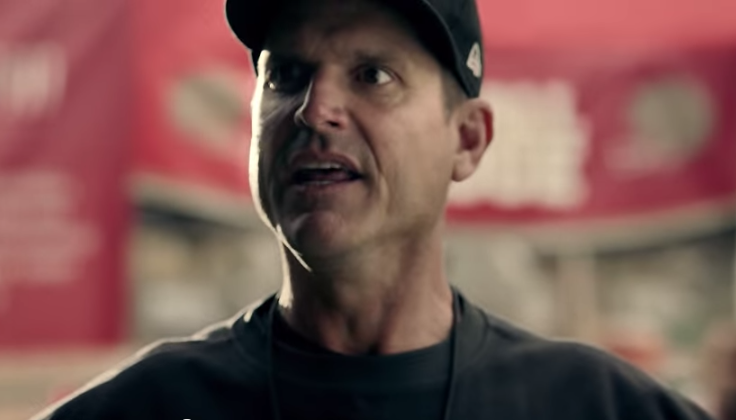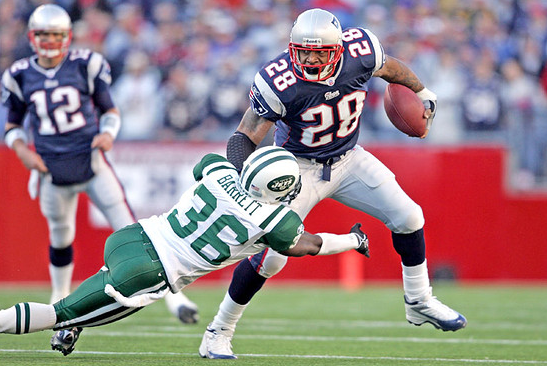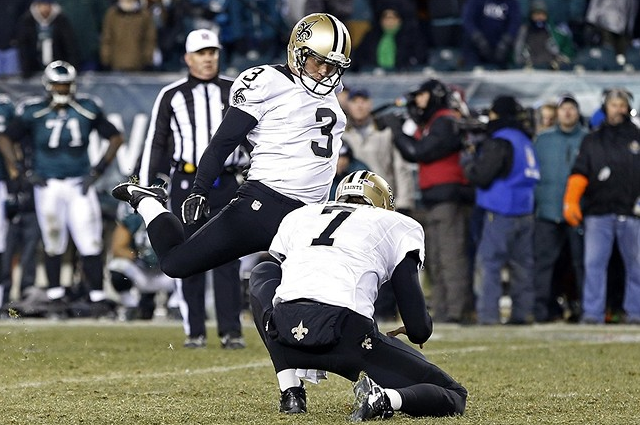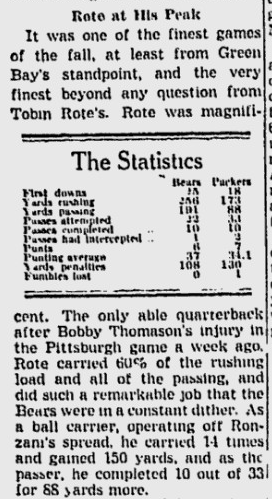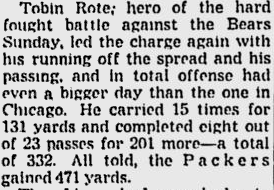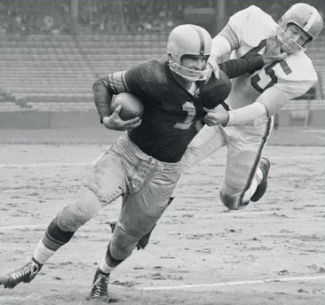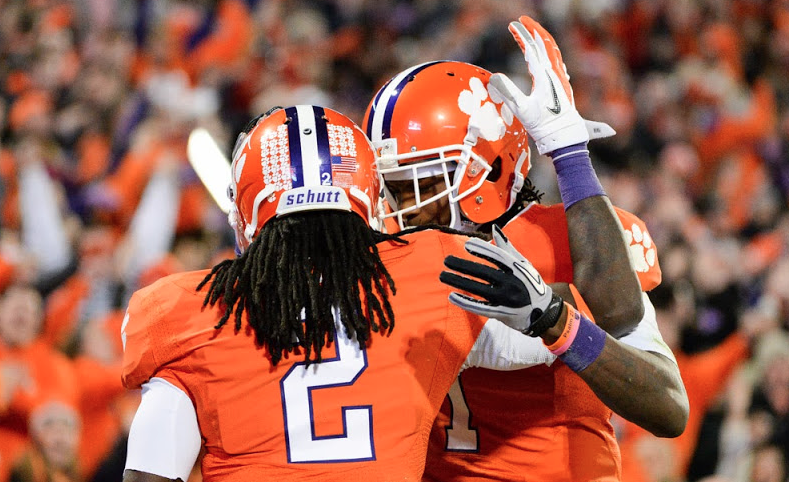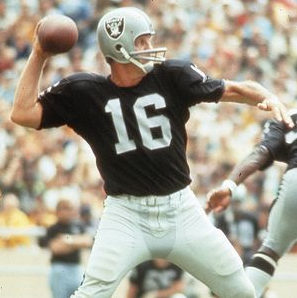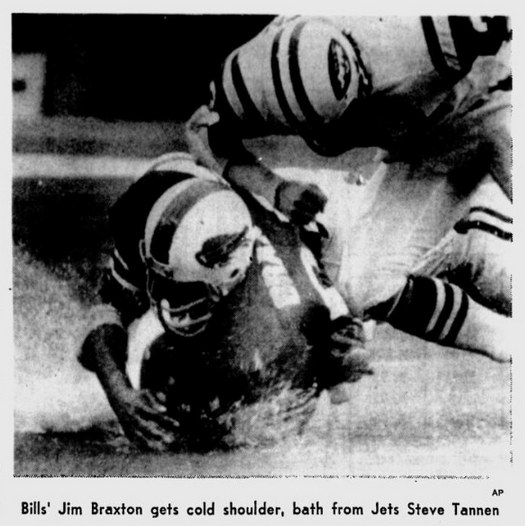Statistics are hardly all-telling, but they can help quiet some of the noise surrounding a player. By “noise,” I mean the chatter that’s based more on impressions, gut feelings and personal biases than anything factual.
These days, Redskins quarterback Robert Griffin III is one of the league leaders in noise. Coach Jay Gruden practically held his nose the other day when he announced that Griffin would start Saturday’s game against the Eagles (after Colt McCoy had been put on injured reserve). Gruden has made no secret of his displeasure with just about everything Griffin does — from holding the ball too long in the pocket to being inattentive to the finer points of “his craft” to staying on the ground too long after a sack (which made the coach wonder whether his quarterback was too hurt to run a Real Play in the closing minutes).
Others have chimed in as well, such as Hall of Famer Fran Tarkenton. One of the more curious things Scramblin’ Fran said was: “He is a terrible passer, has no accuracy.”
Griffin may not have textbook mechanics, but he somehow — miraculously — gets the ball to his target. See for yourself:
TOP 5 UNDER-25 QBS FOR COMPLETION % (MINIMUM: 750 ATTEMPTS)
| Years | Quarterback, Team | Pct |
|---|---|---|
| 2012-14 | Robert Griffin, Redskins | 63.66 |
| 1999-01 | Daunte Culpepper, Vikings | 63.33 |
| 2004-06 | Ben Roethlisberger, Steelers | 62.40 |
| 1991-94 | Brett Favre, Packers* | 61.86 |
| 2008-09 | Joe Flacco, Ravens | 61.70 |
*Also threw four passes with the Falcons as a rookie.
Maybe we just misunderstood Tarkenton. Maybe what he meant was: RG3 isn’t as incredible(!) as Tiger Woods was at the age of 5. (I think we can all agree with that.)
By the way, before anybody scoffs at Griffin’s completion percentage and says, “All he does is dink and dunk,” take a look at this:
ADJUSTED YARDS PER ATTEMPT FOR UNDER-25 QBS (MINIMUM: 750 ATTEMPTS)
| Years | Quarterback, Team | AYPA |
|---|---|---|
| 1983-86 | Dan Marino, Dolphins | 8.04 |
| 2012-14 | Robert Griffin III, Redskins | 7.43 |
| 2004-06 | Ben Roethlisberger, Steelers | 7.39 |
| 1999-01 | Daunte Culpepper, Vikings | 7.36 |
| 2011-13 | Cam Newton, Panthers | 7.25 |
So regardless of how long the ball is in the air, Griffin is getting good yardage out of his throws — more than any quarterback except Marino. (Note: I’m looking only at QBs since 1960. And yes, I realize that, with all the passer-friendly rule changes, these rankings are going to be tilted toward the present.) In terms of unadjusted yards per attempt, in case you’re wondering, he’s seventh at 7.55 (three spots behind Our Friend Fran, who comes in at 7.76.)
Two more things. RG3 is the least interception-prone under-25 passer ever. Doesn’t that count for something? Isn’t ball security part of being a good QB?
LOWEST INTERCEPTION % BY AN UNDER-25 QB (MINIMUM: 750 ATTEMPTS)
| Years | Quarterback, Team | Att | Int | Pct |
|---|---|---|---|---|
| 2012-14 | Robert Griffin III, Redskins | 999 | 20 | 2.00 |
| 2012-14 | Andrew Luck, Colts | 1,250 | 29 | 2.32 |
| 1999-01 | Donovan McNabb, Eagles | 1,074 | 25 | 2.33 |
| 2010-12 | Sam Bradford, Rams | 1,196 | 28 | 2.34 |
| 1985-88 | Bernie Kosar, Browns | 1,334 | 32 | 2.40 |
Last chart. File this one under: It Takes a Village. You can grouse about Griffin’s play all you want, but one of the biggest reasons he hasn’t won more is that his defense hasn’t exactly been the Steel Curtain.
FEWEST POINTS ALLOWED SINCE 2012
| Rank | Team | Pts |
|---|---|---|
| 1. | Russell Wilson’s Seahawks | 718 |
| 2. | Colin Kaepernick’s 49ers | 830 |
| 29. | Robert Griffin’s Redskins | 1,236 |
OK, I’ve made my case – not for RG3’s impending greatness but for not giving up on him like Gruden (and others) seem inclined to do. “He will never make it,” Tarkenton said. “He will be out of football. He will be in the same graveyard as JaMarcus Russell and Vince Young.”
“He” is still 24. Aren’t we being a bit hasty?
Or to put it another way: In a decade, Griffin will be four years younger than Peyton Manning is now.
Source; pro-football-reference.com

